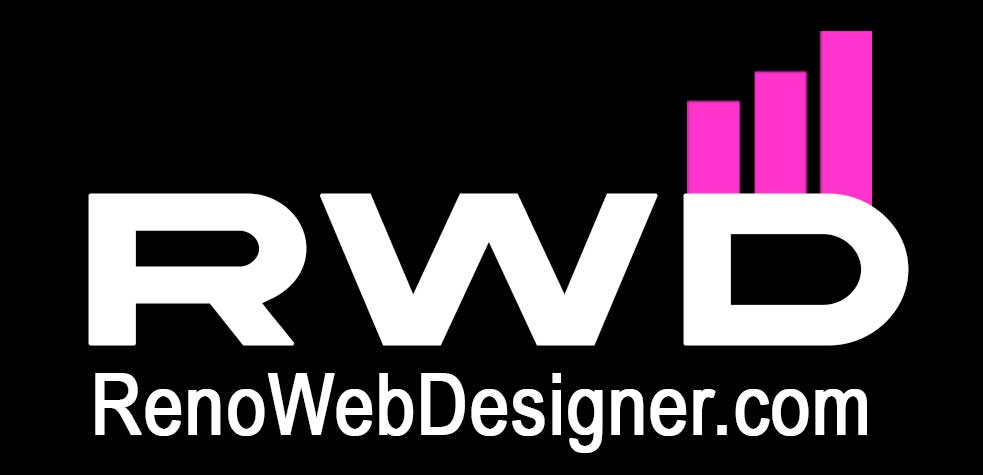So, you’ve got a web design business. You’re working hard and you’re hoping it will pay off, but you can’t help but notice that your business isn’t taking off the way you think it should. That may be because creative industry freelancers and small business owners tend to make a series of mistakes that can become real setbacks, over time. Here are 6 business mistakes freelancers make that you should avoid:
- They work for free or for “exposure”
“This project doesn’t pay, but it’s a valuable work opportunity and offers wonderful exposure!” Who hasn’t heard this one before? If you’re a web designer or otherwise working in a creative industry, you’ve surely had your work belittled, minimized, and straight-up mocked before, usually after you refuse to work for free:
- “Anyone can do that”
- “I can do it myself”
- “But it only takes you 5 minutes”
- “It’s not real work”
- “It’s a hobby, not a job”
- “That’s too expensive for a drawing”
- “You didn’t even do anything”
See what I mean? When you’re doing a creative job, everyone out there will be trying to swindle you and get you to work for free, and if you’re young and/or inexperienced, it might even work. The most frequent promise is that of the infamous “exposure” or working to pad your portfolio, but you can do that without making someone else money, thankyouverymuch.
If you work for free, not only will the clients not respect you or think your work is worth anything, but your business will never take off. You’ve got to be making money to call yourself a business, otherwise you’re just a guy who draws pretty pictures for free. We all know that “exposure”, “experience”, and “portfolio work” don’t put food on the table, so don’t take the bait and work for nothing. And blacklist the clients who ask you to.
- They do not market their business
If you want to get anywhere in any business, you need to start marketing yourself, your products, and your services. And that’s something a lot of people don’t do, especially novices. But when you don’t make an effort to let the world know about you and your work, your business can’t develop and will not reach its full potential.
Marketing doesn’t have to be complicated or expensive; it can be as simple as releasing a weekly newsletter, setting up a website that you post on frequently, or even buying ads in strategic placements that may expose your business to a new audience.
- They charge too little
Every freelancer falls into this trap: “The less I charge, the more attractive I will look to clients!” But that is, unfortunately, a mistake. The race to the bottom doesn’t benefit anyone, and it only ensures that you are actively devaluing your own work. Knowing how to value yourself and your work is an important step when establishing your business, and it will ensure that you will be taken seriously. Plus, it helps you establish a reasonable price for your time.
As you know, clients will try to get you to lower the price, but that doesn’t mean they respect or appreciate your work or you, as a designer. On the contrary – they see it as work devoid of value, and they won’t start paying you more or sustain a long-term work collaboration, because you become interchangeable with all the other cheap freelancers who are racing to the bottom.
- They take on nightmare clients
Okay, back to the awful clients, because we’re not done talking about them yet. Many freelancers, and creatives, in particular, make the mistake of taking on any client who offers them work, for fear of missing out on the opportunity. And perhaps some would say that’s the right way to do it and that passing on clients is a mistake. However, the reverse can also be true: taking on difficult clients is counterproductive and a waste of time.
Here’s why: when you’ve got a client who doesn’t respect your work, like the ones we exemplified earlier, one who doesn’t seem to like anything, or one who doesn’t know what they want, you may be in trouble. Clients like this may sometimes pay well, making a collaboration very tempting. But when you’re stuck with vague briefs or redoing the work for the 42nd time because they still don’t like it, you’ll see why avoiding them from the get-go works out to actually be more cost-efficient. Think of all the time you sunk into this client and how many other projects you could have taken on.
- They work non-stop
Unfortunately, overworking is a symptom present in many entrepreneurs, small business owners, freelancers, etc. When you work for yourself, you are tempted to keep working at all hours of the day and night. When you don’t, you feel guilty, or anxious, but all that work isn’t actually helping your business; in fact, it may be actively damaging it.
Why? Because the quality of your work is suffering, not to mention your mental health. Burnout is a very real thing, and as an artist, you can very well start feeling it pretty soon. Not to quote “The Shining”, but we know what all work and no play do to a person. For one, it depletes your creativity, so you will find yourself unable to focus or come up with new ideas, so both you and your clients will become dissatisfied with the work. Plus, you won’t be all that excited about working, in general.
- They take on too many projects
The old adage of picking quality over quantity rings true in this case, as well; it’s always better to take on fewer, bigger projects than to accept a million little projects that aren’t very well paid. You may think that it makes more sense, financially – take on 10 easy projects instead of two more complicated ones, but more often than not, you will actually find that the small projects end up taking way more time than you bargained for.
And while you’re redoing the same crappy job for a client who is perpetually unhappy, you’re still getting paid the same $15 you agreed on, even though you’re working as hard as you would have on a bigger project. Plus, think about it this way – the more high-quality the projects are, the better they look in your portfolio. Those small logos that you redid 8 times and the basic websites won’t impress anyone.
What’s the bottom line?
Setting up your own freelance business can be quite difficult, especially as a web designer or otherwise as a freelancer in a creative industry. It’s uncharted territory from many points of view, and learning how to deal with clients, value your work, use your time efficiently, and market yourself takes time. You just need to be aware of these 6 mistakes and hopefully, your business will flourish.





